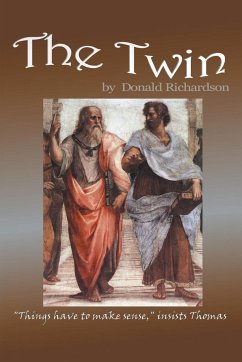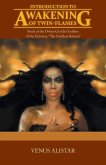Thomas is not so much the doubter he is traditionally labeled as being as he is a thinker. He needs to make sense of things. He's the kid in the classroom that always has his hand raised and lies awake at night trying to resolve things that don't quite fit preconceived patterns. He's the man that always has his eye cocked and frowns more than he laughs. When Jesus asks Thomas who He reminds him of, he answers, "No one. You're like nobody I ever met." But he continues to keep stride with his eleven fellow disciples as they wander behind Jesus all over the region once reigned over by David and Solomon, some of them often fantasizing about the upcoming kingdom of David's latter-day successor. And, with his close friend Matthew, Thomas keeps on asking the questions others might wish to ask but are reluctant to blurt out. The man simply wants to get to the heart of the matter, though huge and painful surprises await him when he finally does.








